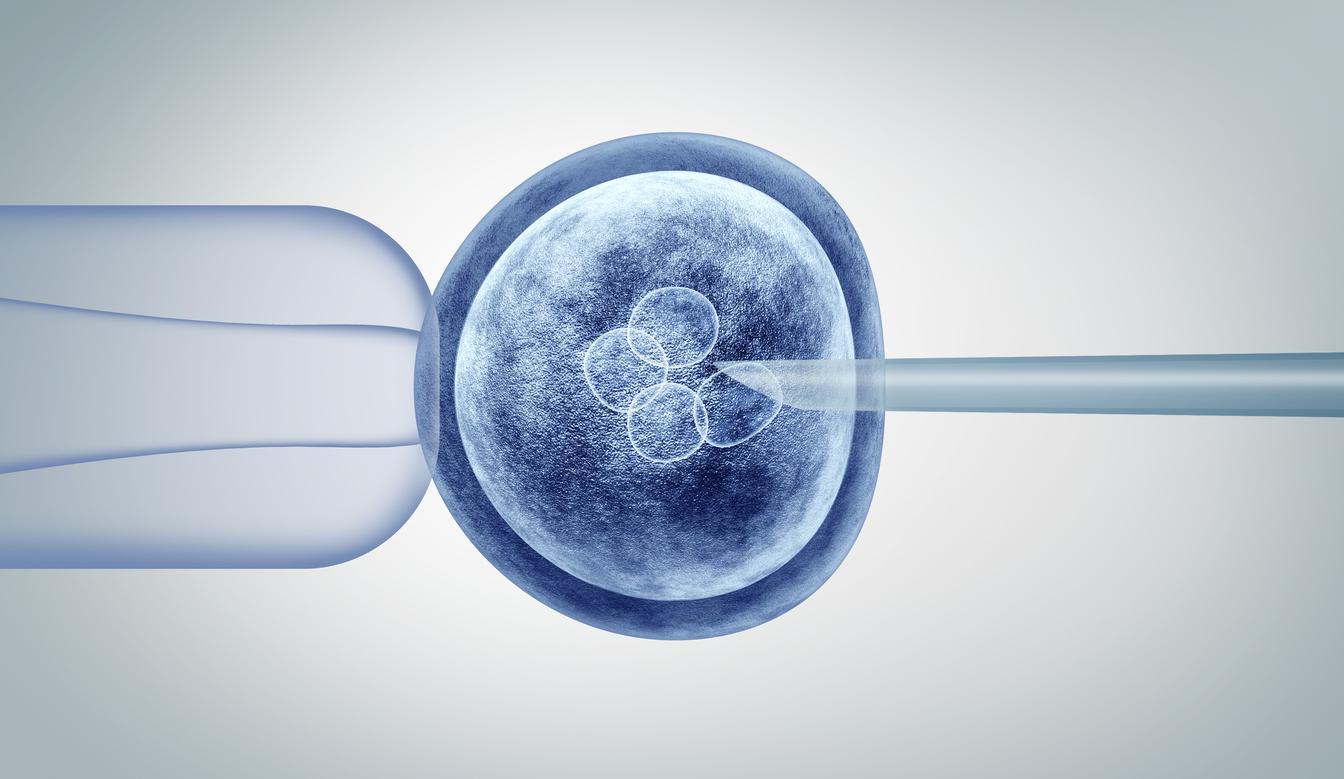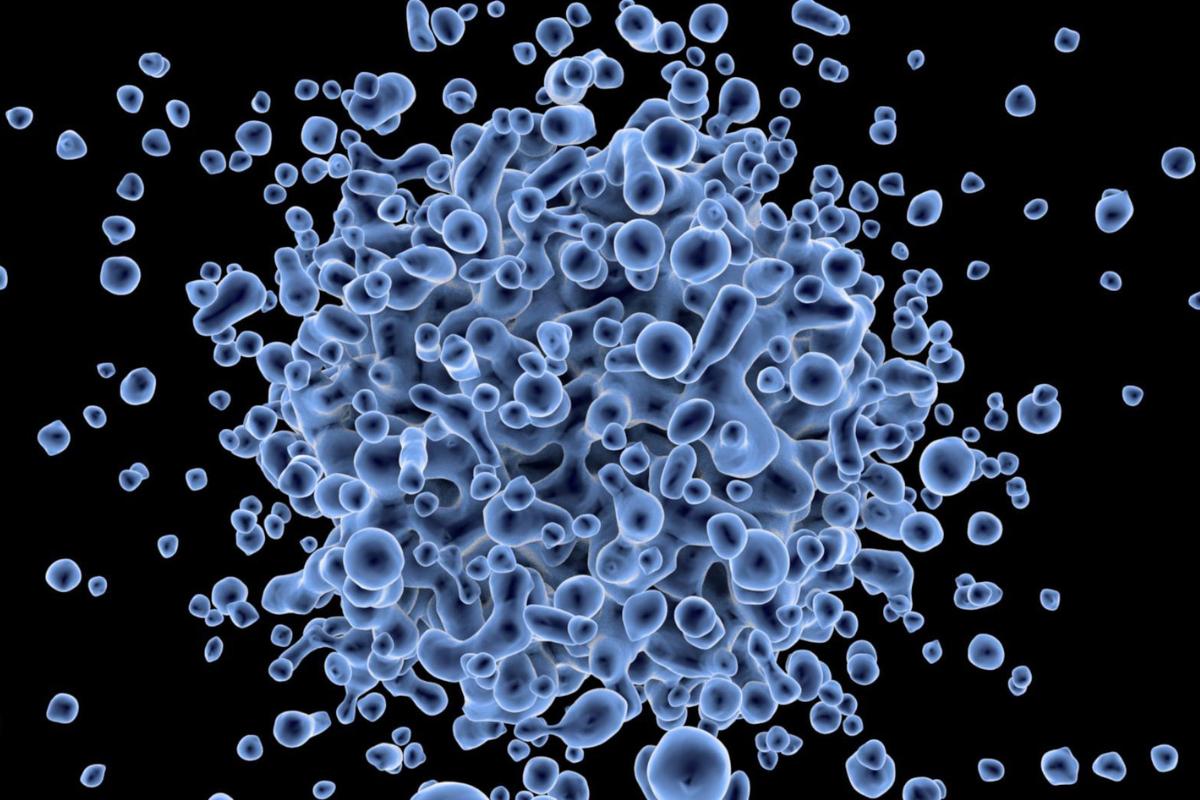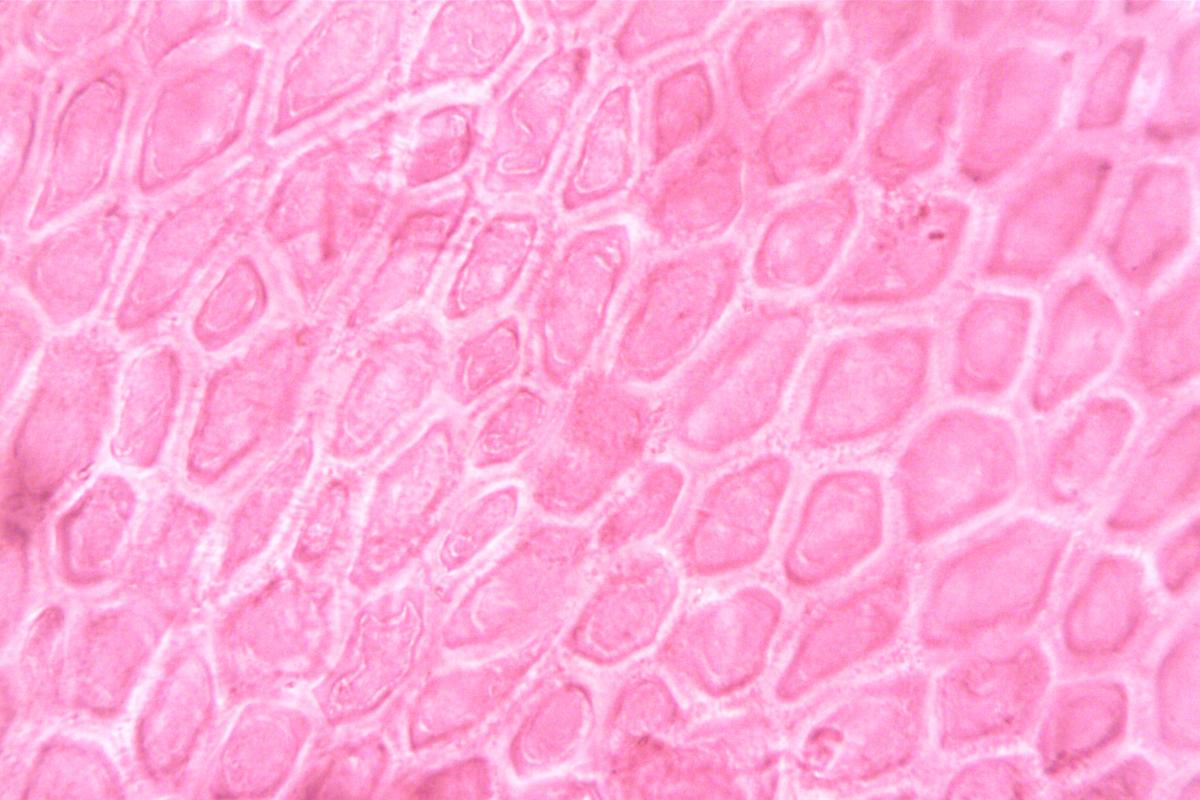What Are the 3 Stem Cell Types?


Imagine a cell that possesses the amazing capacity to change into any component of the body, healing injuries and fending off disease. This incredible potential is embodied by stem cells, which act as nature's architects. They can be divided in three main types, and each type serves a different purpose in the context of human health. They are classified based on potency, origin, differentiation capacity, self-renewal ability, and marker expression.
This article by thedailyECO delves into the three primary types of stem cells, examining their distinct characteristics, potential applications, and the promising prospects they offer.
What are stem cells?
Stem cells are a type of cell found in both early-stage embryos and mature adult organisms. These cells are unique because they have the remarkable ability to change into different types of cells and multiply indefinitely. This ability allows them to create numerous new cells, which is essential for the growth and repair of tissues and organs.
Stem cells are the primary cells in a cell lineage, serving as the initial stage from which other cell types emerge. Unlike specialized cells such as muscle or nerve cells, stem cells are unspecialized, meaning they do not have specific functions assigned to them.
It's important to note that stem cells differ from other types of cells called progenitor cells. Progenitor cells can also develop into different cell types, but they have a limited capacity for division. Stem cells, on the other hand, can divide indefinitely.
Stem cell research is rapidly evolving, poised to revolutionize medicine. Key applications include regenerative medicine, where damaged tissues are replaced with healthy cells derived from stem cells. Furthermore, by accurately mimicking diseases in the lab, stem cells pave the way for more effective testing of candidate drugs, leading to faster and more targeted drug development.
However, it's crucial to acknowledge that stem cell research is still in its early stages, and significant challenges need to be addressed before these applications become widely accessible.
Unlocking the potential of stem cells requires understanding their journey through the cell cycle. Dive into this fascinating process in this other article.

Embryonic stem cells (ESCs)
Embryonic stem cells (ESCs) are a type of stem cell that originates from the inner cell mass of a blastocyst, which is an early-stage embryo, whereas other stem cells, such as adult stem cells, originate from mature tissues within the body.
Furthermore, they are pluripotent, which means they have the remarkable ability to differentiate into virtually any cell type in the human body, making them incredibly versatile. Unlike mature, specialized cells that have specific functions, such as muscle cells or nerve cells, ESCs have the potential to become any cell type, including those found in organs like the heart, brain, or skin. This characteristic makes them invaluable for scientific research and medical applications.
ESCs also have a greater capacity for self-renewal, meaning they can divide and replicate indefinitely in culture, while other stem cells have a more limited capacity for self-renewal. However, ESS exist for only a brief period during early development, since soon they start to specialize and become more restricted in the types of cells they can become. This window of time is crucial for researchers to isolate and study them.
Scientists study ESCs to better understand how cells differentiate into various tissues and organs during development. This knowledge is essential for unraveling the mysteries of embryonic development and for developing new treatments for a wide range of diseases and injuries.
Despite their potential, the use of ESCs in research and medicine is controversial due to ethical concerns surrounding the destruction of human embryos required to obtain them. Opponents see destroying embryos, even at the blastocyst stage, as ethically wrong, often based on religious or philosophical beliefs about life's beginnings. They also fear a "slippery slope" towards unethical practices. Proponents highlight the potential for life-saving treatments and argue that the blastocyst lacks full moral status.
Informed consent for using surplus embryos from fertility treatments can be another factor in the debate.

Adult stem cells (ASCs)
Unlike ESCs derived from embryos, adult stem cells ASCs reside within various adult tissues like bone marrow, fat, and blood.
They are multipotent, meaning they can differentiate into a limited range of cell types specific to their tissue of origin. For example, bone marrow-derived ASCs can become bone, cartilage, and fat cells, while blood-derived ASCs can evolve into various blood cell types.
Adult stem cells exist in subcategories based on their tissue of origin and differentiation potential, these are:
- Hematopoietic stem cells (HSCs): found in bone marrow, these generate all mature blood cells essential for the immune system and oxygen transport.
- Mesenchymal stem cells (MSCs): located in bone marrow, fat, and other tissues, they differentiate into diverse cell types like bone, cartilage, muscle, and fat, aiding in tissue repair and regeneration.
- Neural stem cells (NSCs): residing in the brain and spinal cord, these have the potential to become new neurons and glial cells.
- Epithelial stem cells: present in various tissues like skin and intestines, they replenish the lining, maintaining barrier function and promoting wound healing
While currently used in some medical treatments like bone marrow transplants for leukemia, the full potential of ASCs is still being explored. Research aims to enhance their therapeutic capabilities for treating various conditions, offering a promising avenue for regenerative medicine.
Think stem cells are amazing? Wait till you discover the incredible journey they take to become specialized cell types.

Induced Pluripotent Stem Cells (iPSCs)
Induced Pluripotent Stem Cells (iPSCs) are a type of stem cell that are artificially generated from adult cells, such as skin cells or blood cells, through a process called reprogramming.
These cells share similar characteristics with embryonic stem cells (ESCs), including pluripotency, meaning they have the ability to differentiate into various cell types in the body. This groundbreaking discovery was made by Shinya Yamanaka and his team in 2006.
The reprogramming process involves introducing specific genes into adult cells, typically using viruses or other delivery methods, which reprogram the cells' genetic expression to resemble that of ESCs. This allows the adult cells to revert to a pluripotent state, similar to that of ESCs, without the need for embryos.
In the medical field, this process offers several key advantages, such as:
- No ethical concerns: their source avoids the ethical controversy surrounding ESCs.
- Patient-specific: creating them from a patient's own cells allows for personalized research and potential therapies, reducing rejection risks.
- Readily available: unlike the limited availability of ESCs, iPSCs can be generated from easily accessible adult cells.
Induced pluripotent stem cells (iPSCs) offer a groundbreaking approach to medicine, with the potential to transform how we diagnose, treat, and even cure diseases. Essentially, these cells are generated by reprogramming adult cells, like skin or blood cells, back to a pluripotent state, meaning they can become any cell type in the body. While research is progressing rapidly, challenges remain. Optimizing reprogramming techniques and minimizing potential risks are crucial areas of focus.
Stem cells hold immense potential, but what drives their power? Learn why cell research matters in this other article.
If you want to read similar articles to What Are the 3 Stem Cell Types?, we recommend you visit our Biology category.
- Mata-Miranda, M., Vázquez-Zapién, GJ, & Sánchez-Monroy, V. (2013). Generalities and applications of stem cells . Perinatology and human reproduction, 27(3), 194-199.








